Saudi Arabia's Crown Prince Mohammed bin Salman Al Saud welcomes US President Donald Trump at Malik Khalid Airport in Riyadh, May 13, 2025_Photo: AA/TTXVN
Regional "hotspots" are evolving in a complex manner, posing a high risk of a full-scale war.
In recent times, despite many mediation efforts from the international community and countries in the region, some “hot spots” in the Middle East continue to escalate tensions and violence has increased seriously. According to experts, the current situation has a high potential risk of a large-scale regional war - something that has not happened in many years. This complicated development is clearly demonstrated through three “hot spots”, showing the risk of loss of control and widespread instability in the regional security situation.
First, the conflict between Israel and Iran escalated seriously with direct attacks on each other's territory from mid-June 2025, potentially triggering a full-scale war in the region. With the argument about the threat from Iran's ballistic missile and nuclear program, Israel launched a large-scale attack campaign, causing heavy damage to Iran, in which many military, nuclear, and civilian facilities were destroyed; a large number of soldiers, civilians, and a number of high-ranking military leaders were killed. Iran quickly responded with major airstrikes, pushing bilateral tensions to an unprecedented level. The situation became more complicated when the US announced its participation in the attack on Iran's nuclear targets, igniting a new phase of the conflict with the risk of spreading throughout the region. After 12 days of fierce fighting, the two sides reached a temporary ceasefire agreement with the mediation of a number of regional countries. However, this agreement is a temporary solution, lacking long-term political and security commitments and has not resolved core disagreements related to nuclear issues, missiles and military presence. This context makes the risk of conflict re-emerging at a high level, as both sides still maintain a strategic confrontation, deep hostility and show no signs of significant concessions.
Second, the war in the Gaza Strip continues to escalate with increasing casualties. After the 6-week ceasefire agreement between Israel and Hamas, brokered by the US, ended without further progress, Israel closed humanitarian aid routes and resumed attacks across the Gaza Strip from March 18, 2025. Indirect negotiations sponsored by Qatar, Egypt, and the US continued but failed to reach a consensus, due to many disagreements between the two sides. Israel demanded that Hamas return hostages, disarm, and withdraw from its leadership role in the Gaza Strip; while Hamas demanded a long-term ceasefire and Israel's complete withdrawal. The war has worsened the humanitarian crisis in the Gaza Strip, with estimated damage reaching about 50 billion USD (1) . In mid-September 2025, many international sources recorded an attack targeting Hamas-related targets in Qatar, causing casualties and sparking diplomatic controversy. On September 29, 2025, Israeli Prime Minister B. Netanyahu had a phone call with the Qatari leader, reaffirming the official stance and pledging not to let similar actions happen again; at the same time, Qatar continues to be seen as a key intermediary for indirect negotiation channels on ceasefire, hostage exchange and security arrangements.
Third, the security situation in Yemen, Lebanon and Syria continues to be complicated with increased fighting between the US, Israel and opposition forces in the region. In Yemen, the US has stepped up military operations against the Houthi forces, especially when US President Donald Trump directed the implementation of tough measures to prevent attacks on shipping routes through the Red Sea and the Gulf of Aden. In Lebanon, although the US-brokered ceasefire is still in effect from November 2024, Israel has expanded airstrikes against Hezbollah forces, including in the Beirut area, with the aim of preventing the risk of rearmament. On June 6, 2025, Israeli Defense Minister Yoav Gallant announced that military measures would continue until border security is ensured. In Syria, Israel has increased airstrikes on a number of military targets and deployed forces in the buffer zone of the Golan Heights - marking its return to the region after nearly 50 years since the 1974 withdrawal agreement. These developments show that the risk of conflict spreading in the region continues to exist and needs to be closely monitored and controlled.
However, in addition to the tensions, some “hot spots” in the region recorded positive progress, opening up opportunities for stability and reconstruction. In Syria, the situation gradually stabilized, entering a transitional period of 5 years. On January 29, 2025, nearly two months after the collapse of the regime of Syrian President Bashar al-Assad, key armed forces held a National Conference, unanimously appointing Mr. Ahmed al-Sharaa, leader of the Hayat Tahrir al-Sham (HTS) group (2) Ahmed al-Sharaa as President of Syria (3) , at the same time abolishing the old Constitution, dissolving the National Assembly and establishing a transitional government. Immediately after that, the new Syrian President promoted internal unity, cooperated with the Syrian Democratic Forces (SDF) (4) , promulgated an interim Constitution (5) and promoted the country's reconstruction. In terms of foreign affairs, the new administration has proactively improved relations with neighboring countries and international partners, notably the first historic meeting in 25 years between US President D. Trump and Syrian President Ahmed al-Sharaa, paving the way for the US and the European Union (EU) to partially lift sanctions.
Significant progress was also recorded in the Iran nuclear negotiations. From April to May 2025, the US and Iran held five rounds of indirect negotiations in Oman and Italy, reaching some consensus on principles and techniques. Iran resumed cooperation with the International Atomic Energy Agency (IAEA), allowing expert teams to inspect nuclear facilities. On June 7, 2025, Iranian President Masoud Pezeshkian announced his readiness to fully cooperate to ensure nuclear safety and security (6) .
In Lebanon , the political crisis that lasted more than two years officially ended after the Lebanese Parliament elected Army Commander, General Joseph Aoun, as President of Lebanon on January 9, 2025. Then, on February 8, 2025, a new government was formed, replacing the interim government, pledging comprehensive reforms, opening a new period of recovery and development for the country.
Strategic competition among major powers in the Middle East continues to increase and expand.
With its important geostrategic role, the Middle East continues to be the focus of strategic competition between major powers, especially the US, China and Russia. Competition is not only limited to defense - security, military presence, but also extends to strategic areas such as science - technology and rare resources.
For the US, the second term of President D. Trump's administration shifted its focus from "control" to "competition", reducing direct involvement, prioritizing a less costly strategy while still ensuring the ability to dominate the region. Foreign policy has many clear adjustments: re-applying the "maximum pressure" policy on Iran; affirming the role of the Middle East through President D. Trump's first visit to the region and promoting cooperation with partners in strategic technology fields, such as artificial intelligence (AI), semiconductors and quantum. The new US tariff policy forced many countries in the region to adjust their economic and trade orientation towards increasing imports of US goods and opening their markets. Many countries such as Saudi Arabia, Qatar and the UAE committed to large-scale investments in the US, with a total commitment value of up to trillions of USD in the next decade, showing the increasing connection of economic and strategic interests between the US and key partners in the region.
Meanwhile, Russia and China continue to increase their presence and strengthen strategic ties with Middle Eastern countries. Russia prioritizes consolidating its influence in the region through increased military presence, security cooperation and force mobilization. In January 2025, Russia and Iran signed a 20-year cooperation agreement, upgrading their relationship to a comprehensive strategic partnership, making Iran a key ally of Russia in the region, especially in the context of declining relations with Syria (7) . At the same time, cooperation between Russia and Gulf countries, such as the UAE, Saudi Arabia and Qatar, continues to expand. Not only maintaining a neutral stance in resolutions opposing Russia at the United Nations, these countries also promote investment and trade cooperation with Russia, including the development of railways connecting Russia - the Middle East and exploiting the Northern Sea Route (NSR) through the Arctic connecting Russia with the Asia-Pacific region.
Russian President Vladimir Putin holds talks with UAE President Sheikh Mohamed bin Zayed Al Nahyan in Moscow, Russia, August 7, 2025_Source: middle-east-online.com
China pursues a focused approach of promoting economic and trade cooperation as a foundation for expanding relations into the political, security and new technology fields. China prioritizes negotiating a free trade agreement (FTA) with the Gulf Cooperation Council (GCC), while strengthening cooperation within the framework of the “China-Arab Community of Common Destiny” and the high-quality “Belt and Road Initiative” (BRI). Political and strategic relations between China and Iran, the United Arab Emirates (UAE), Saudi Arabia and Egypt continue to be consolidated, clearly demonstrating China’s growing role in shaping the regional situation. Notably, Iranian Foreign Minister Abbas Araghchi’s visit to China in April 2025 to discuss and consult on the negotiation process between Iran and the US, showed China’s increasingly prominent intermediary role.
Artificial intelligence and new technology continue to be prioritized for development.
In recent times, Saudi Arabia, the UAE and Israel have emerged as pioneering countries promoting the development of high-tech industries in the Middle East. These countries have promoted international cooperation, especially with the US and Europe, to access AI technology, AI chips and build modern digital infrastructure. Some typical projects have been implemented, such as the UAE building the largest AI center in the region in the capital Abu Dhabi with a capacity of 5GW. Israel has started construction of the country's largest 30MW data center in cooperation with Nvidia Technology Group (USA), and is also implementing an AI curriculum in the education system from 2025. Saudi Arabia's Aramco Group signed an agreement to develop electric vehicle technology with BYD High Technology and Industry Group (China) and Tesla Technology Group (USA), aiming for 30% of vehicles in the country to be electric by 2030. These steps show the strong shift in the Middle East region to a development model based on innovation and high technology, with the goal of diversifying the economy and improving global competitiveness.
Not only focusing on developing domestic technology, Middle Eastern countries, especially Gulf countries, are actively expanding investment abroad to access core technology and share development experiences with countries with advanced technology platforms, such as the US, France, Italy, and Albania. Cooperation agreements focus on high technology, AI, data centers, telecommunications, and strategic infrastructure. Some notable projects include: UAE commits to invest 30-50 billion euros to build a 1 GW AI facility in France, becoming one of the largest AI data centers in the world. DataVolt Group (Saudi Arabia) commits to invest 80 billion USD in advanced technology and 20 billion USD in AI and energy infrastructure in the US. Qatar invests 1 billion USD in Quantinuum Group (USA) to develop quantum technology (8) . In addition, countries in the region are promoting the application of AI and high technology in the oil and gas industry - a pillar of many economies. At the Digital Economy Conference 2025 held in Qatar, many experts said that global investment in AI in the oil and gas industry could reach 1,000 billion USD in the next 10 years (9) , in which Gulf Cooperation Council (GCC) countries, such as Saudi Arabia, UAE and Qatar, will account for a large proportion.
Enhanced international status as a “peace broker”
On the basis of independent and autonomous foreign policies, many Middle Eastern countries have stepped up their participation in mediating the resolution of regional and international “hot spots”, thereby affirming their increasingly clear role in the international arena in the first half of 2025. Countries such as Türkiye, UAE, Saudi Arabia, Egypt, along with countries with more limited influence such as Jordan and Iraq, actively promote the role of mediator through both bilateral and multilateral channels.
Mediation activities are clearly demonstrated through the main processes: First, promoting ceasefire negotiations and humanitarian assistance in the Russia-Ukraine conflict. From February to March 2025, Saudi Arabia organized many high-level negotiations between the US, Russia and Ukraine - an important step after a three-year hiatus. The UAE played a prominent role when it successfully chaired 15 intermediary exchanges of detainees, with a total number of more than 4,100 people, and welcomed Ukrainian President Volodymyr Zelenskyy on an official visit in February 2025. Second, promoting Russia-US dialogue. Turkey and Saudi Arabia organized two rounds of direct negotiations between the two sides in 2025, contributing to the gradual restoration of bilateral diplomatic activities. Third, Egypt, Qatar, Saudi Arabia and Iraq actively mediated to resolve the conflict in the Gaza Strip, calling for the establishment of a sovereign Palestinian State. The 34th Arab League Summit in Iraq (May 2025) is an important milestone in promoting a ceasefire and rebuilding the Gaza Strip. Fourth, Egypt, Jordan and Iraq coordinate to promote political dialogue and the stabilization process in Syria, contributing to building a peaceful transition period after political upheaval in this country.
These efforts have contributed to enhancing the image, role and international prestige of many regional countries, making the Middle East a fulcrum for reconciliation of complex conflicts in the world today.
Some key features of the Middle East region in the coming time
Faced with rapid, complex and unpredictable changes, many regional and international experts believe that the situation in the Middle East in the coming time will continue to be potentially unstable. However, a new situation is gradually taking shape, with the increasingly prominent role of countries in the region. This development is reflected in the following major characteristics:
Firstly, security and stability issues continue to be the top concern of countries in and outside the region, but will face many challenges. Tensions between Israel and Iran, along with the confrontation between Israel and Arab countries surrounding the war in the Gaza Strip and the Palestinian issue, make it difficult to achieve a breakthrough in resolving the "hot spots" in the region in the short term. The war in the Gaza Strip, Lebanon, Syria, Yemen and the Israel-Iran/US conflict will continue to develop complicatedly, with the risk of prolonging and becoming a competitive area for influence between major powers. The Iranian nuclear issue is expected to have many new developments when some provisions of the Joint Comprehensive Plan of Action (JCPOA) expire in October 2025, especially the provisions related to the lifting of sanctions. Besides, non-traditional security threats, notably terrorism, still pose a potential risk of spreading and continue to pose a serious challenge to national security and institutional stability of many countries in the region.
Second, countries in the region, especially those with great influence, such as Iran, Israel, Saudi Arabia and Turkey, will continue to adjust their development strategies to participate more deeply in the process of shaping the new cooperative and competitive landscape in the Middle East. In the context of promoting national and ethnic interests, foreign policies of countries tend to become more pragmatic, focusing on enhancing self-reliance and flexibly adapting to the volatile international environment. Relations between countries in the region will continue to be both cooperative and competitive, with the emergence of regional power centers, such as Saudi Arabia, Turkey and Egypt, in the role of solving regional problems and promoting stability processes.
Third, the Middle East peace process, especially efforts to normalize relations between Israel and countries in the region, will continue to be promoted, but still face many challenges. Israel's pursuit of a tough policy in relations with Palestine and Iran, its push to expand Jewish settlements in disputed areas, along with unilateral military campaigns in the Gaza Strip, Lebanon and Syria, are increasing tensions with many countries in the region. Meanwhile, the process of improving relations between Iran and Gulf countries, focusing on Saudi Arabia, continues to make positive progress, towards expanding comprehensive cooperation. Relations between Iran and Egypt and Bahrain are also forecast to develop in a more positive direction after achieving some specific results in the first half of 2025 (10) .
Fourth, the trend of innovating the economic growth model, focusing on developing high-tech industries (such as AI, data centers, digital economy and renewable energy) will continue to be strongly promoted, with potential countries such as Saudi Arabia and the UAE playing the leading role. This is a strategic orientation to reduce dependence on oil and increase competitiveness in the context of global shifts in technology and energy. However, the economic development process in some countries affected by conflicts, such as Lebanon (11) , Yemen, Israel and Palestine, continues to face many difficulties. In that context, the involvement of major countries is increasing, leading to strategic competition and gathering of forces not only in the security-military field, but also in the civil, technology and investment fields. Since the end of May 2024, a number of European countries have recognized the State of Palestine (Spain, Ireland, Norway on May 28, 2024; Slovenia on June 4, 2024), affirming the goal of "two states". On September 21 and 22, 2025, the UK, Canada and Australia announced their recognition of the State of Palestine, emphasizing the maintenance of the prospect of a sustainable political solution to the Israel-Palestine conflict. In particular, the notable policy adjustments of the Trump administration in its second term are expected to have a significant impact on the regional situation. At the same time, solidarity movements in support of the Palestinian struggle and anti-war protests in Israel, as well as in many countries in the region, are expected to continue to increase, contributing to shaping international public opinion and calling for responsible action for a peaceful, stable and sustainable Middle East in the coming time./.
-----------------------------
(1) According to estimates published in February 2025 by the World Bank (WB), the United Nations and the European Union (EU), material damage in Syria after the conflict and political transition period amounted to hundreds of billions of USD, in which financial needs for basic infrastructure reconstruction, economic recovery and institutional stability are particularly urgent in the first 5 years.
(2) HTS was once the largest and most organized opposition force in Syria under the regime of President B. al-Assad, controlling and leading Idlib province for many years. On December 9, 2024, HTS played a key role in coordinating with opposition forces to overthrow the old regime. After the leader of HTS was appointed as President of Syria, the organization officially announced its dissolution and at the same time merged into national institutions to serve the transition process and rebuild the country on a unified basis.
(3) In addition, the Conference also issued an official statement on the victory of the Syrian revolution, and determined December 9 as the country's Independence Day. The Conference decided to dissolve the Syrian Baath Party - the ruling force under President B. al-Assad and to unify armed and political groups into federal institutions, in order to build a unified institutional foundation in the transitional period.
(4) On March 11, 2025, the Syrian President and the leaders of the Syrian Democratic Forces (SDF) signed an agreement to integrate administrative institutions established by the SDF in areas under their control into the state institutional system. The two sides also pledged to coordinate against elements loyal to the old regime under President B. al-Assad, thereby strengthening the transition process and unifying power in the post-conflict period.
(5) On March 13, 2025, Syria officially promulgated the Interim Constitution, marking a new step in the process of institutional reconstruction. According to the provisions of this Constitution, the president holds the role of head of the executive branch, has the right to appoint cabinet members, thereby establishing the foundation for the power structure in the post-conflict transition period.
(6) According to the latest report of the International Atomic Energy Agency (IAEA), Iran currently possesses nearly 275 kg of 60% enriched uranium, approaching the 90% threshold - the level needed to manufacture nuclear weapons. This development has raised concerns in the international community and increased pressure on the nuclear negotiation process between Iran and the world powers.
(7) Despite continuing to receive support from the new Syrian government for maintaining cooperation and military presence at two strategic bases on its territory, Russia is witnessing a gradual adjustment in Syria's diplomatic stance at international forums. Specifically, in Resolution A/RES/ES-11/7 adopted by the United Nations General Assembly on February 24, 2025 regarding the conflict in Ukraine, Syria switched from voting against to abstaining. This is a notable change, in the context that Syria has voted against resolutions condemning Russia 9 out of 10 times in previous voting rounds since the conflict in Ukraine broke out.
(8) White House press release on the occasion of US President Donald Trump's visit to three Middle Eastern countries in May 2025, https://www.whitehouse.gov/fact-sheets/
(9) See: Joel Johnson: “AI investments in oil and gas to reach around $1 trillion by 2030”, The peninsulaqatar , February 6, 2025, https://thepeninsulaqatar.com/article/06/02/2025/ai-investments-in-oil-and-gas-to-reach-around-1-trillion-by-2030-expert
(10) In December 2024, the Iranian President officially visited Egypt - the first visit in 11 years - to promote the process of normalizing relations between the two countries. At the same time, relations between Iran and Bahrain also recorded positive changes, with diplomatic contacts being strengthened under the mediation of Russia, opening up prospects for improving bilateral relations in the coming time.
(11) On May 27, 2025, Lebanese Prime Minister Nawaf Salam announced that the country needs about $14 billion to recover and rebuild after the serious conflict with Israel involving the Hezbollah movement. This estimate reflects the huge level of damage to infrastructure, economy and society, and shows the huge challenge in restoring stability in Lebanon after the war.
Source: https://tapchicongsan.org.vn/web/guest/the-gioi-van-de-su-kien/-/2018/1146302/nhung-chuyen-dong-moi-tai-khu-vuc-trung-dong-trong-thoi-gian-gan-day.aspx


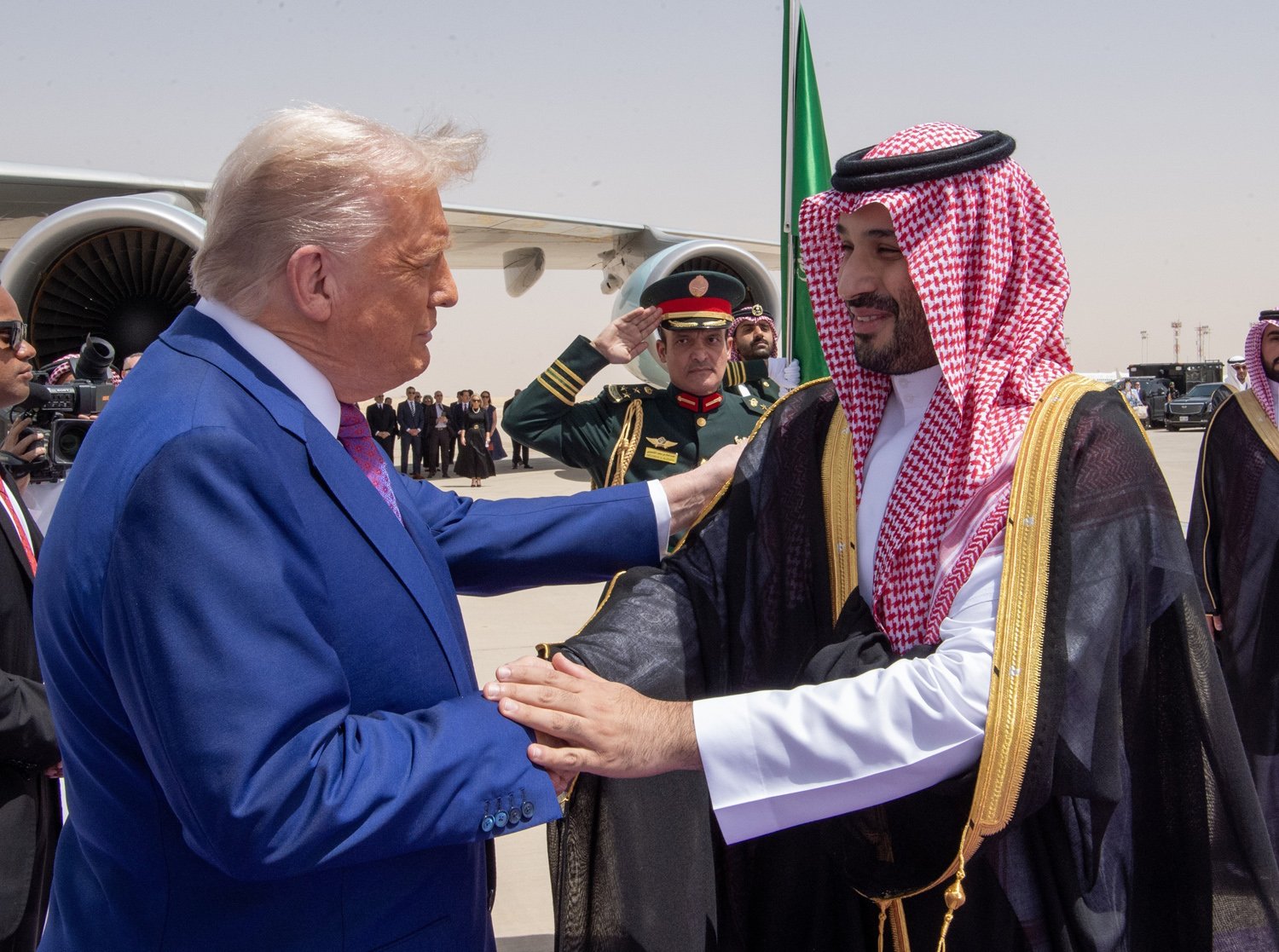
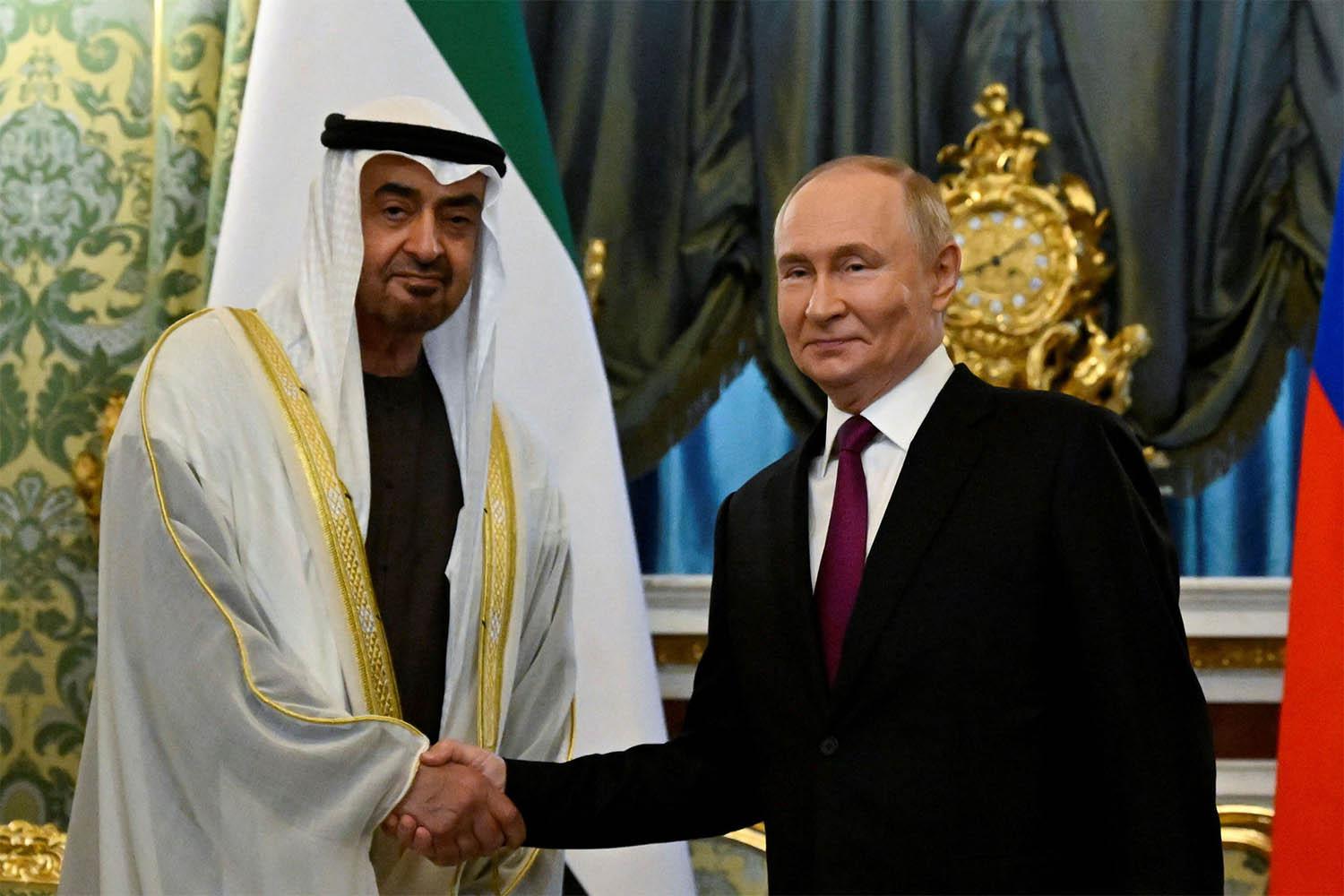


![[Photo] Opening of the 14th Conference of the 13th Party Central Committee](https://vphoto.vietnam.vn/thumb/1200x675/vietnam/resource/IMAGE/2025/11/05/1762310995216_a5-bnd-5742-5255-jpg.webp)


![[Photo] Panorama of the Patriotic Emulation Congress of Nhan Dan Newspaper for the period 2025-2030](https://vphoto.vietnam.vn/thumb/1200x675/vietnam/resource/IMAGE/2025/11/04/1762252775462_ndo_br_dhthiduayeuncbaond-6125-jpg.webp)
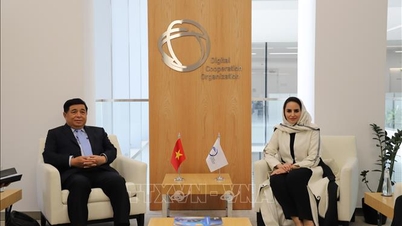

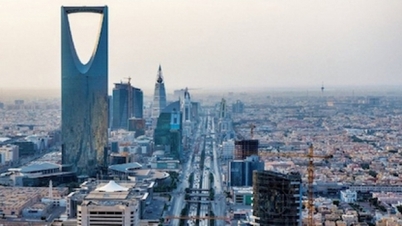






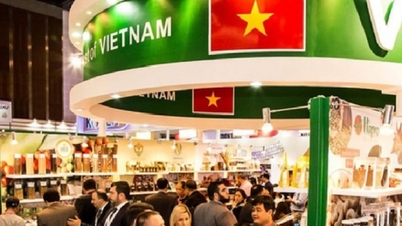









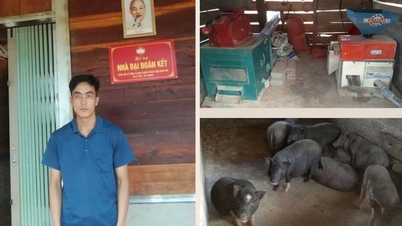






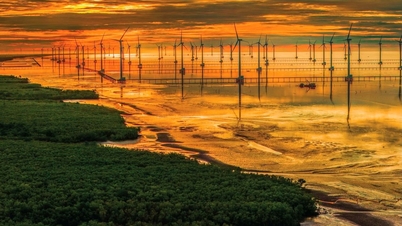

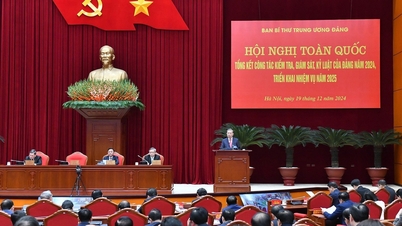

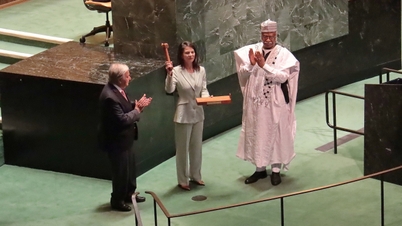




















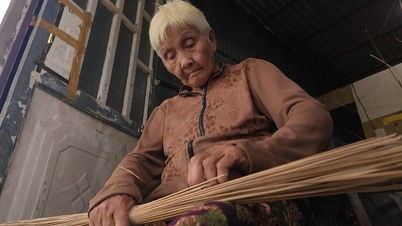















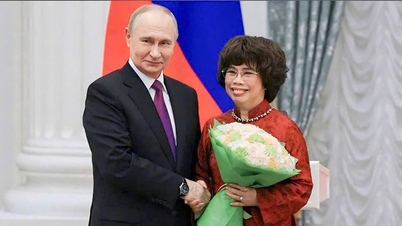

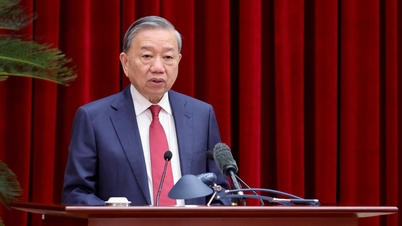


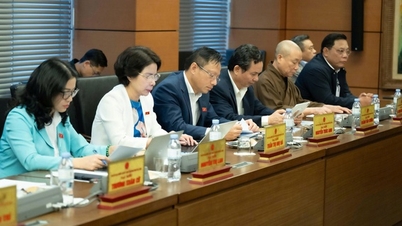

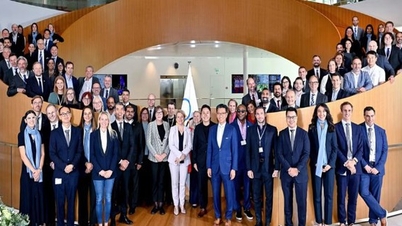



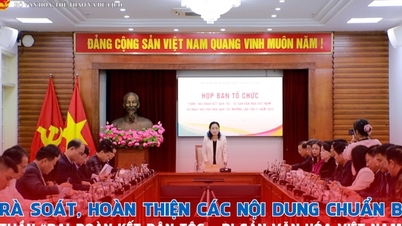

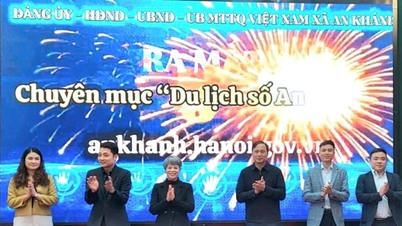

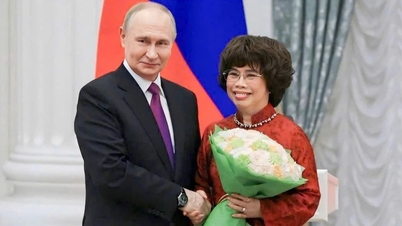

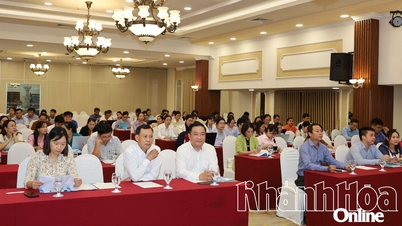

















Comment (0)